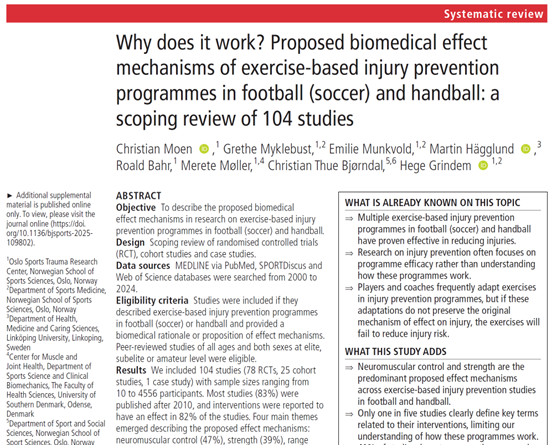Sports injuries cost Americans over $33 billion annually in healthcare expenses, but the true cost extends far beyond medical bills. Athletes often face long-term consequences including chronic pain, early-onset arthritis, and decreased mobility that can impact quality of life for decades. The psychological impact can be equally devastating, with studies showing increased rates of depression and anxiety following sports injuries, particularly for competitive athletes whose identities are closely tied to performance. Perhaps most concerning is that 30% of youth athletes who suffer serious injuries never return to their sport, missing out on the physical, social, and developmental benefits of continued participation. Prevention programs have been proven to reduce injury rates by 50-80% in multiple studies, making them one of the most cost-effective interventions in sports medicine. By investing just minutes per day in targeted exercises, athletes can potentially save thousands in medical costs while protecting their long-term health and athletic future.

In Defense of the Marathon Tourist: Why Every Finish Line Matters
I recently came across an Instagram post criticizing runners who pursue the Abbott World Marathon Majors, suggesting that completing all six races is more about wealth than athletic achievement. The argument? If you're finishing in 5-7 hours, you're not a "real"...




0 Comments